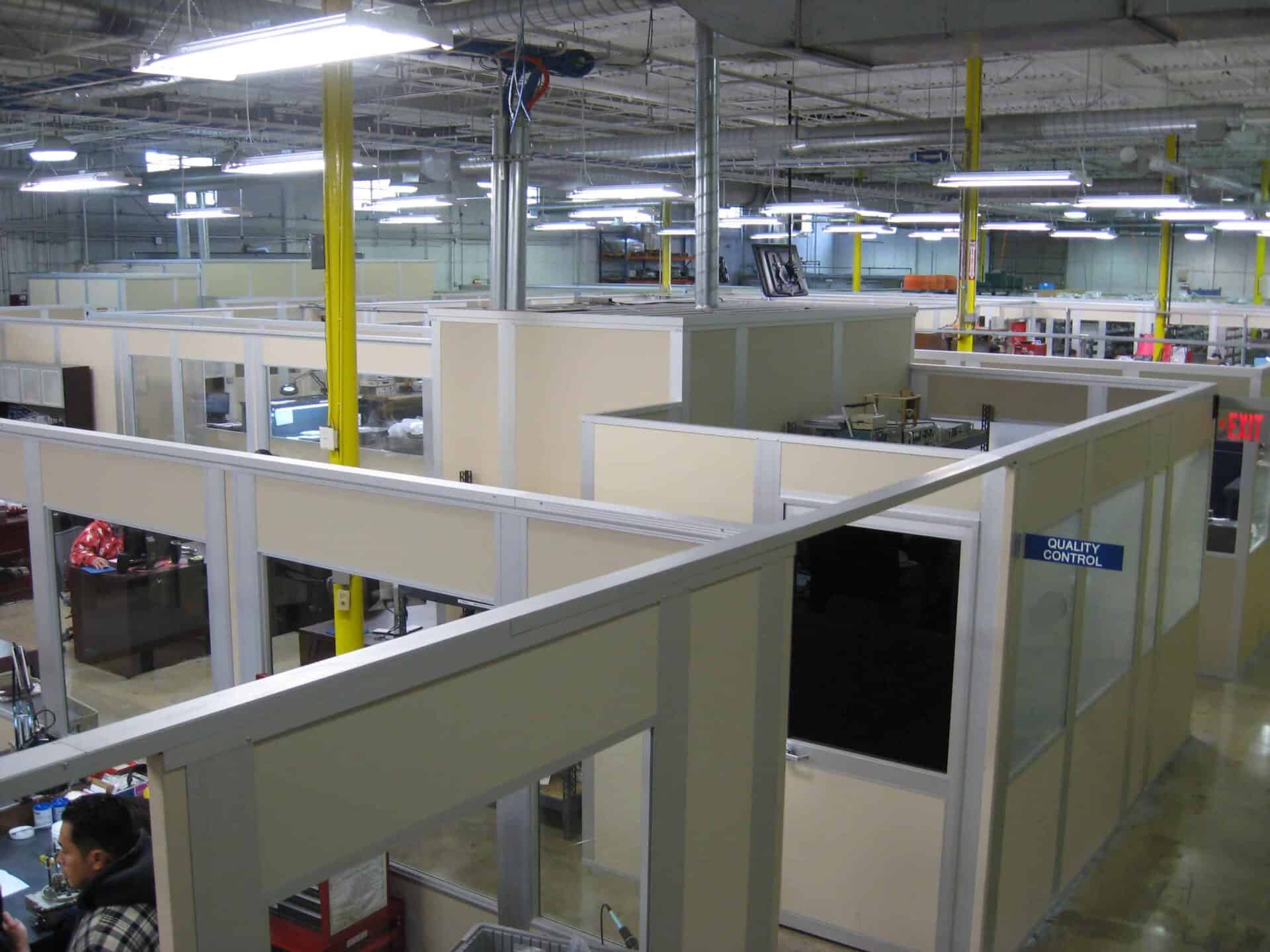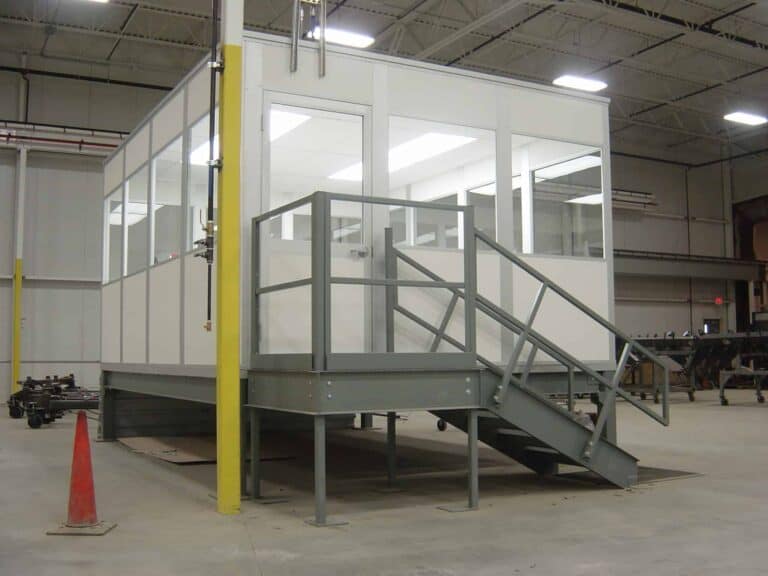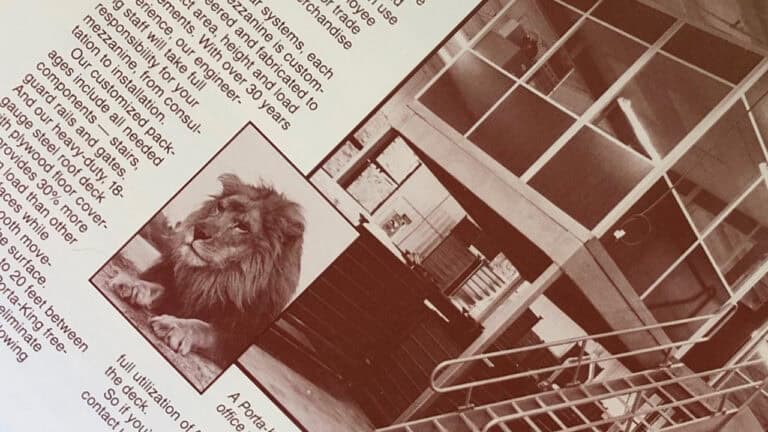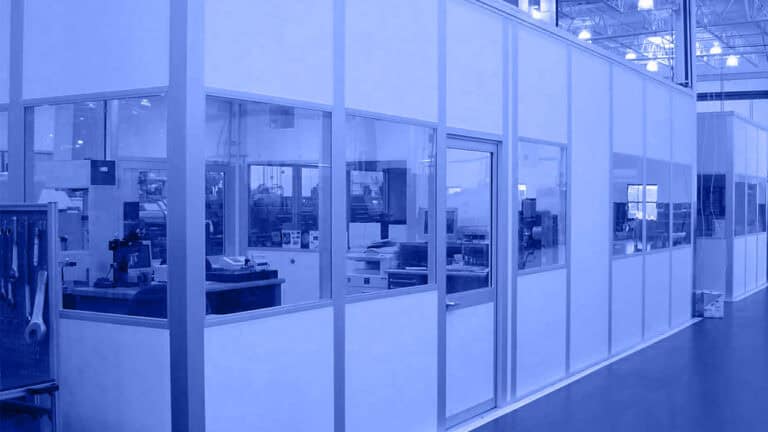The word “modular” has become a vernacular adjective for just about anything these days, from education to emails. As the term gets watered down more and more, understanding its meaning becomes more difficult. So we’re here to clear the cobwebs by discussing what “modular” construction really means. Modular offices should be:
- Standard
- Compatible
- Customizable
- Adaptive
Standard Offices
Modular offices streamline the construction process by using standard materials, dimensions, and features. By keeping these pieces consistent, the modular construction process is time and cost efficient.
Compatible Offices
While the standard interlocking pieces of modular offices are convenient, a modular office can also be designed to match your current building’s space and aesthetic. Some people have the misconception that “modular” offices look dry and boring and will therefore clash when added to an existing building. However, the very adjective in this case reinforces their compatibility to any current appearance. Modular designs can work for both traditional and modern layouts in the office. In fact, some of the most well-known brands use modular offices at their headquarters.
Customizable Offices
While modular offices are standard and compatible, they are also able to meet the specific needs of each company. For instance, modular offices in California may need special structural components to keep it standing during an earthquake or a modular office in a manufacturing plant may benefit from sound-proof wall systems.
Adaptive Offices
Whether it’s the number of employees or new equipment upgrades, businesses are always changing. This is why a modular structure’s flexibility makes it a permanent solution for any office space. Modular offices can adapt to changing environments better than other types of construction because their components are reusable. Therefore, the redesign process is quick, easy, and affordable.






